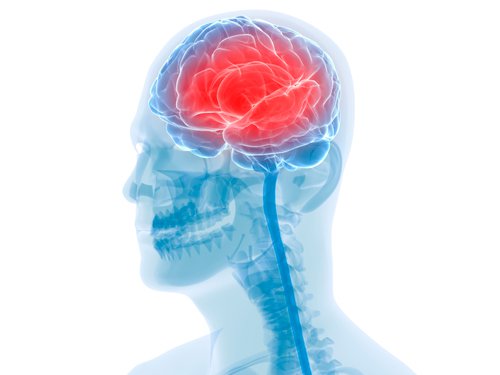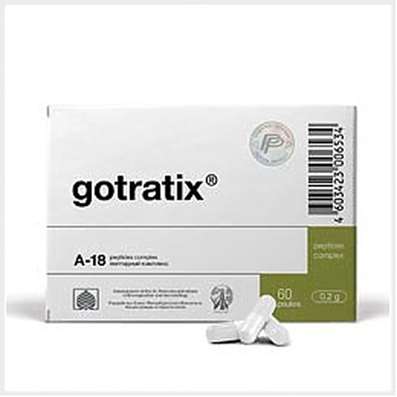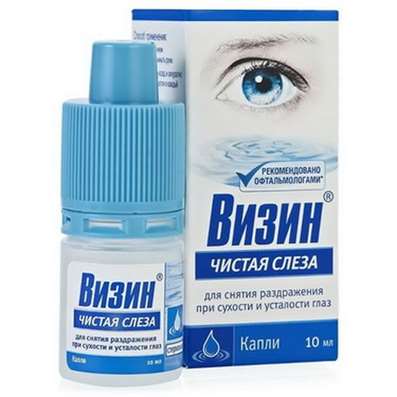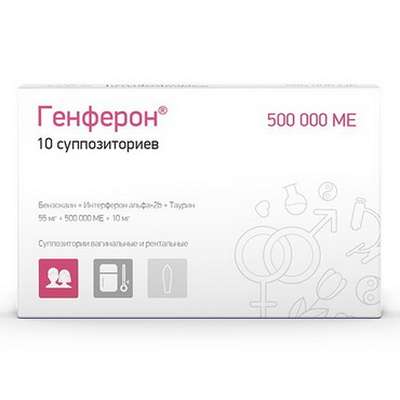Vegetosovascular dystonia
19 Dec 2018
Vegetosovascular dystonia (neurocirculatory dystonia, vegetoneurosis, vegetative dystonia syndrome) is one of the most common diseases of our time. It affects up to 90% of adolescents and people of active age, women - 3 times more often than men.

To the reasons for the development of vegetovascular dystonia, the following can be attributed:
- violation of vascular regulation;
- hereditary predisposition (transmitted through the maternal line) as a result of the impact of emotional stress;
- hormonal changes in the body (puberty, pregnancy, menopause);
- change of climatic zones;
- physical, mental and emotional overload;
- exacerbation of chronic neurological, somatic or endocrine diseases, neurotic disorders;
- trauma (craniocerebral);
- infection, complication after the flu and pneumonia;
- physical and chemical effects (microwave currents, radiation, ionizing radiation).
Vegetosovascular dystonia is a condition associated with a violation of autonomic functions due to the disorder of their neurohumoral regulation. It represents an excessive vegetative reaction to stress and is accompanied by a variety of symptoms.
Depending on the violations of the activity of this or that organ system, the symptoms may be different:
- Cardiac (cardiac) - pain in the heart, heart palpitations (tachycardia), a feeling of cardiac fading, interruptions in the work of the heart;
- respiratory (respiratory) - rapid breathing, inability to take a deep breath or vice versa, unexpected deep breaths; feeling of lack of air, feeling of heaviness, stuffiness in the chest; sharp attacks of dyspnea, similar to attacks of bronchial asthma;
- dysdinamic - fluctuations in arterial and venous pressure; violation of blood circulation in tissues;
thermoregulatory - unpredictable fluctuations in body temperature, which can rise to 37-38 ° C or decrease to 35 ° C or lower; fluctuations can be permanent, long-term or short-term;
- dyspeptic - disorders of the digestive tract (abdominal pain, nausea, vomiting, belching, constipation or diarrhea);
- sexual - lack of orgasm with persisting sexual attraction;
- various violations of the urinary system - rapid, painful urination in the absence of any real pathology, etc .;
- neuropsychiatric - weakness, lethargy, reduced working capacity and fatigue at low load, tearfulness, irritability, headaches, dizziness, increased sensitivity to weather changes, sleep-wakefulness disturbances, anxiety, etc.
Main medicines
Adenosinergic agents: Pentamon et al.
Alpha-adrenoblockers: Pyrroxan tablets 0.015 g, etc.
Anxiolytics: Tenoten, Tenoten for children, Phesipam, Phenazepam, Phenorelaxen, Elzepam, Spitomin, Mezapam, Nozepam, Grandaxin, Afobazol, and others.
Antihypoxants and antioxidants: Dimefosfon, Kudesan, Medomexi, Mexident, Mexidol, Mexidol injection for 5%, Mexicum, Neurox, Eltacin, etc.
Beta-adrenoblockers: Atenolan, Anaprilin, Anaprilina tablets, Vero-Anaprilin, Obsidan, propranolol, etc.
Vasodilators: Validol and others.
m-anticholinergics: Zelenin drops, etc.
Neurotropic agents: Glycine et al.
Nootropics: Amilonosar, Picamilon, and others.
Generalizing agents and adaptogenes: Huato Boluses, Schizandra Seed Tincture, Rhodiola Rosea rhizomes and roots Round briquettes, etc.
Sedatives: Valerian tincture, Doppelgerz Nervotonik, Negrustin, Validol, Validol in capsules, Peony evading tincture, Barbowal, Valemidine, Valoserdin, Consolation collection 3, Calming sedative collection 2, Valocordin, Corvaldin, Pustyrnika extract, etc.
Cardiac glycosides and non-glycosidic cardiotonic agents: Hawthorn tincture, Hawthorn extract, Lily-of-the-valley tincture, etc.
Additional medicines
Supplements: Balm for vessels, Cigapan, Bayu-Bai - for children, etc.
Vitamins and vitamin-like remedies: Compligam B, Milgamma and others.
Homeopathic remedies: Climact-Hel, Primula / Onopordone Composite, Pumpan, Notta, Nervochel, Ginseng Comp, etc.
Immunomodulators: Galavit et al.
Metabolic means: Limontar et al.

 Cart
Cart





